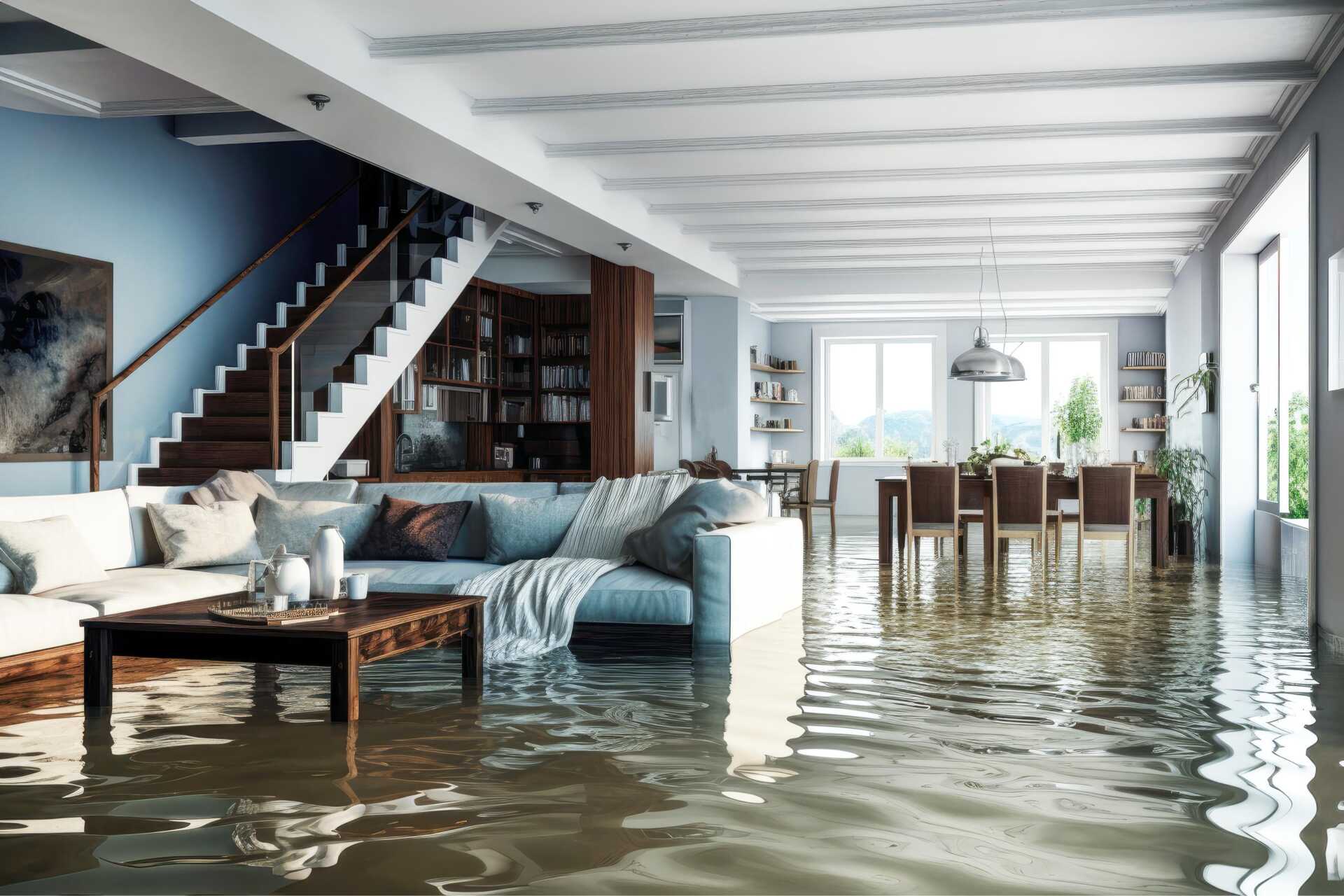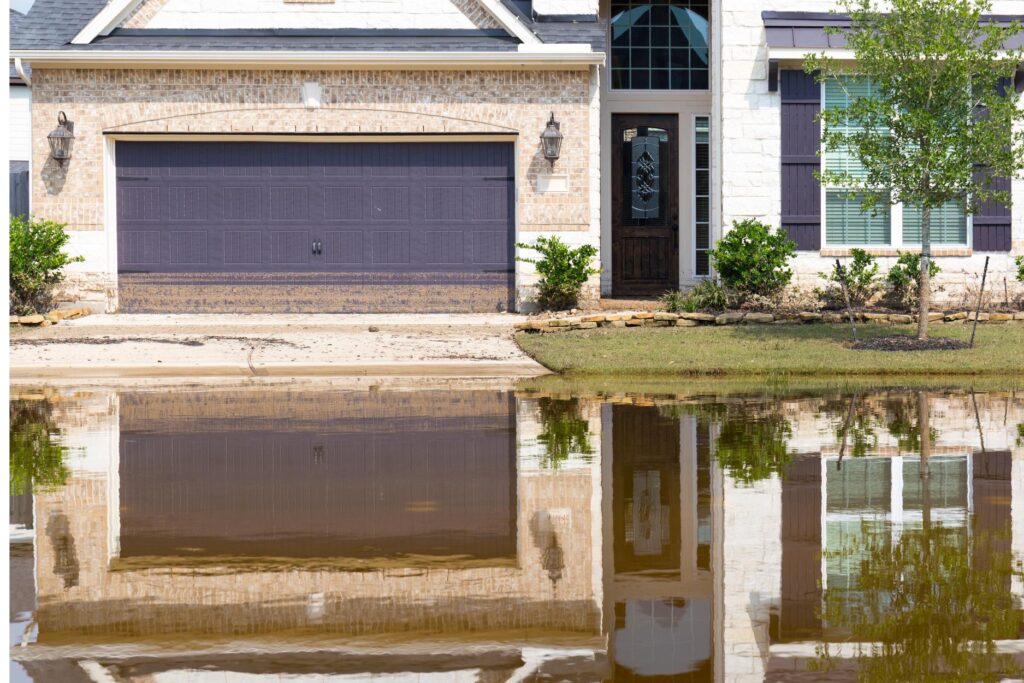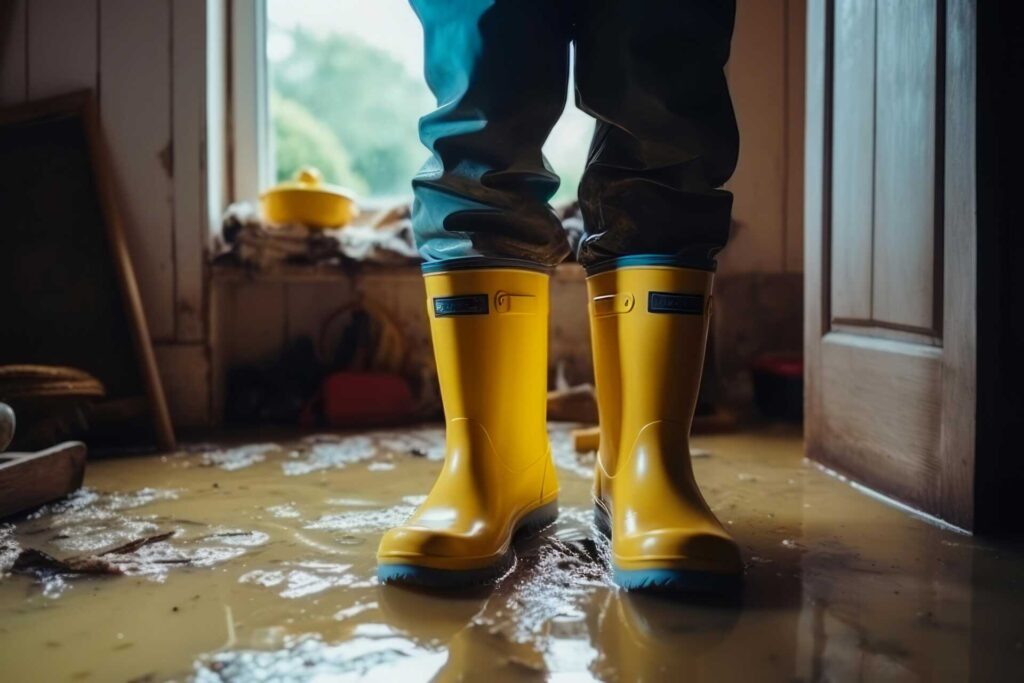Contents
In today’s world, smart water damage restoration solutions can be a game-changer for homeowners like you. By harnessing advanced technologies, you can detect leaks and moisture issues before they become major headaches. Imagine having real-time alerts and automated systems that help protect your home from water damage. Understanding these innovations can save you time, money, and stress. But what exactly do you need to know to get started?
Key Takeaways
- Implement advanced moisture detection technologies, such as infrared thermography, to identify hidden water issues before they escalate.
- Utilize smart home devices to monitor humidity levels and receive alerts for potential leaks or water damage.
- Invest in quality moisture barriers and drainage systems to proactively prevent water accumulation around your home’s foundation.
- Schedule regular inspections and maintenance of plumbing and roofing to catch and address vulnerabilities early.
- Educate your household on recognizing early signs of water damage and establish an emergency repair budget.
Understanding Water Damage: Causes and Effects
Understanding the causes and effects of water damage is essential for effective restoration. Knowing the various water sources, like burst pipes, heavy rainfall, or appliance leaks, helps you identify potential risks in your home.
Each source can lead to different types of damage classification, from minor moisture problems to severe structural issues.
Recognizing the impact of such damage is vital. For instance, prolonged exposure to water can lead to mold growth, which poses health risks and damages your belongings. By being proactive and informed, you can mitigate these effects.
Understanding the causes empowers you to take preventative measures, whether it’s maintaining your plumbing or installing proper drainage systems.
Assessing the Damage: Initial Inspection Steps
When you face water damage, the first step is a thorough visual assessment of the affected areas.
Look for signs like discoloration, warping, or mold growth, which can indicate the extent of the problem.
Additionally, using moisture detection techniques can help identify hidden moisture that mightn’t be visible at first glance.
Visual Damage Assessment
A thorough visual damage assessment is essential for effective water damage restoration. Start with a detailed visual inspection of affected areas, looking for signs like discoloration, warping, or mold growth.
Pay close attention to walls, ceilings, and floors, as these often reveal the extent of the damage. Document everything you find, taking clear photos and making notes on specific issues.
This damage documentation will be invaluable when discussing repairs with professionals or filing insurance claims. Remember, your keen observation can help ensure a comprehensive restoration process, protecting your home and your peace of mind.
Moisture Detection Techniques
Effective moisture detection is essential in water damage restoration, as hidden moisture can lead to further issues like mold growth and structural damage.
You’ll want to start by using moisture mapping techniques, which help you identify affected areas and track moisture levels effectively. This method visualizes moisture spread, allowing you to prioritize your restoration efforts.
Additionally, infrared thermography is a powerful tool that detects temperature differences on surfaces, revealing hidden moisture behind walls or under floors.
By combining these techniques, you can ensure a thorough assessment and address potential problems before they escalate.
Choosing the Right Water Damage Restoration Company
How do you know which water damage restoration company to trust with your home? With so many options, it can be overwhelming. Here are three key factors to take into account before making your choice:
Reputation Checks: Look for reviews and testimonials from previous clients. A company with a solid reputation will often have positive feedback highlighting its reliability and quality of service.
Service Guarantees: Confirm they offer guarantees on their work. A trustworthy company stands by its services and provides reassurance that it’ll resolve any issues that arise.
Experience: Choose a company with ample experience in handling water damage restoration. Their expertise can make a significant difference in the results.
Cost Factors in Water Damage Restoration Services
The cost of water damage restoration can vary considerably depending on the severity of the damage and its location.
You might find that a minor leak in an easily accessible area is less expensive to fix than extensive flooding in a hard-to-reach space.
Understanding these factors can help you budget more effectively for restoration services.
Severity of Damage
While not all water damage is created equal, understanding the severity of the damage is essential for estimating restoration costs.
Water damage classification plays a vital role in determining the overall expense and timeline for restoration. Here are three key factors to take into account:
Type of Water: Clean, gray, or black water affects the cleanup process and costs.
Duration of Exposure: The damage timeline can greatly increase if the water isn’t addressed promptly.
Affected Materials: Drywall, flooring, and furniture each have different restoration needs.
Location and Accessibility
After evaluating the severity of water damage, location and accessibility become significant factors in determining restoration costs. If your home’s water source is in a hard-to-reach area, it can complicate emergency response efforts and increase expenses.
For instance, if the damage occurs in a basement or behind walls, technicians may need specialized equipment to access and assess the situation. Additionally, urban versus rural locations can affect travel times and service availability, impacting costs.
If you’re proactive about ensuring clear access to affected areas, you can help streamline the restoration process and potentially save money. Understanding these factors helps you make informed decisions during a stressful time, ensuring your home gets the care it needs without unnecessary delays or expenses.
DIY vs. Professional Restoration: What You Need to Know
How do you determine whether to tackle water damage restoration yourself or call in the professionals?
It’s crucial to weigh your DIY limitations against the professional expertise available. Here are three key considerations to help you decide:
- Extent of Damage: If you’re dealing with minor leaks or stains, a DIY approach may suffice.
But extensive damage often requires expert intervention.
- Health Risks: Mold and contaminated water can pose serious health hazards.
Professionals have the right equipment and training to handle these dangers safely.
- Time and Cost: Consider the time you’ll spend on restoration versus hiring a professional.
Sometimes, the long-term savings and peace of mind outweigh the initial costs.
Ultimately, trust your instincts.
If you feel overwhelmed, it’s better to reach out for professional help.
You’re not alone in this; many homeowners face similar decisions!
Essential Tools and Techniques for Effective Restoration
Effective water damage restoration hinges on having the right tools and techniques at your disposal. You’ll need specialized restoration equipment and effective drying techniques to tackle water damage efficiently. Here’s a quick overview of essential tools that can make your restoration efforts smoother:
| Tool | Purpose |
|---|---|
| Water Extractor | Removes standing water quickly |
| Dehumidifier | Reduces humidity and speeds drying |
| Air Mover | Increases airflow for faster drying |
| Moisture Meter | Measures moisture levels in materials |
Preventative Measures: How to Protect Your Home
Water damage can wreak havoc on your home, but taking proactive steps can considerably reduce the risk.
Here are three effective preventative measures you can implement:
Invest in Waterproofing Strategies: Apply waterproof sealants to your basement walls and foundation. This helps keep moisture out and protects your home from potential flooding.
Maintain Your Drainage Systems: Verify your gutters and downspouts are clean and functioning properly. Direct water away from your home’s foundation to prevent pooling and leaks.
Inspect Plumbing Regularly: Check for leaks and wear in your pipes and fixtures. Addressing minor issues quickly can save you from major water damage in the long run
Long-Term Solutions for Water Damage Issues
While immediate fixes can address water damage, implementing long-term solutions is essential for preventing future issues and ensuring your home remains safe and dry.
Start with regular preventive maintenance; inspecting your roof, gutters, and plumbing can catch problems before they escalate. Consider installing moisture barriers in vulnerable areas like basements and crawl spaces to keep excess humidity at bay. These barriers will help protect your home’s foundation and structure, giving you peace of mind.
Additionally, make certain your landscaping directs water away from your home—proper grading can make a world of difference.
If you’ve experienced significant water damage, investing in a sump pump or dehumidifier can further safeguard against future risks.
Final Thoughts
Investing in smart water damage restoration solutions is like having a superhero protecting your home from hidden leaks and moisture problems. By utilizing advanced technologies, you can catch issues before they spiral out of control, saving time and money. Whether you choose DIY methods or hire professionals, being proactive is key to safeguarding your home. Remember, a little vigilance today can prevent a flood of headaches tomorrow—so take action and keep your home safe and dry!




